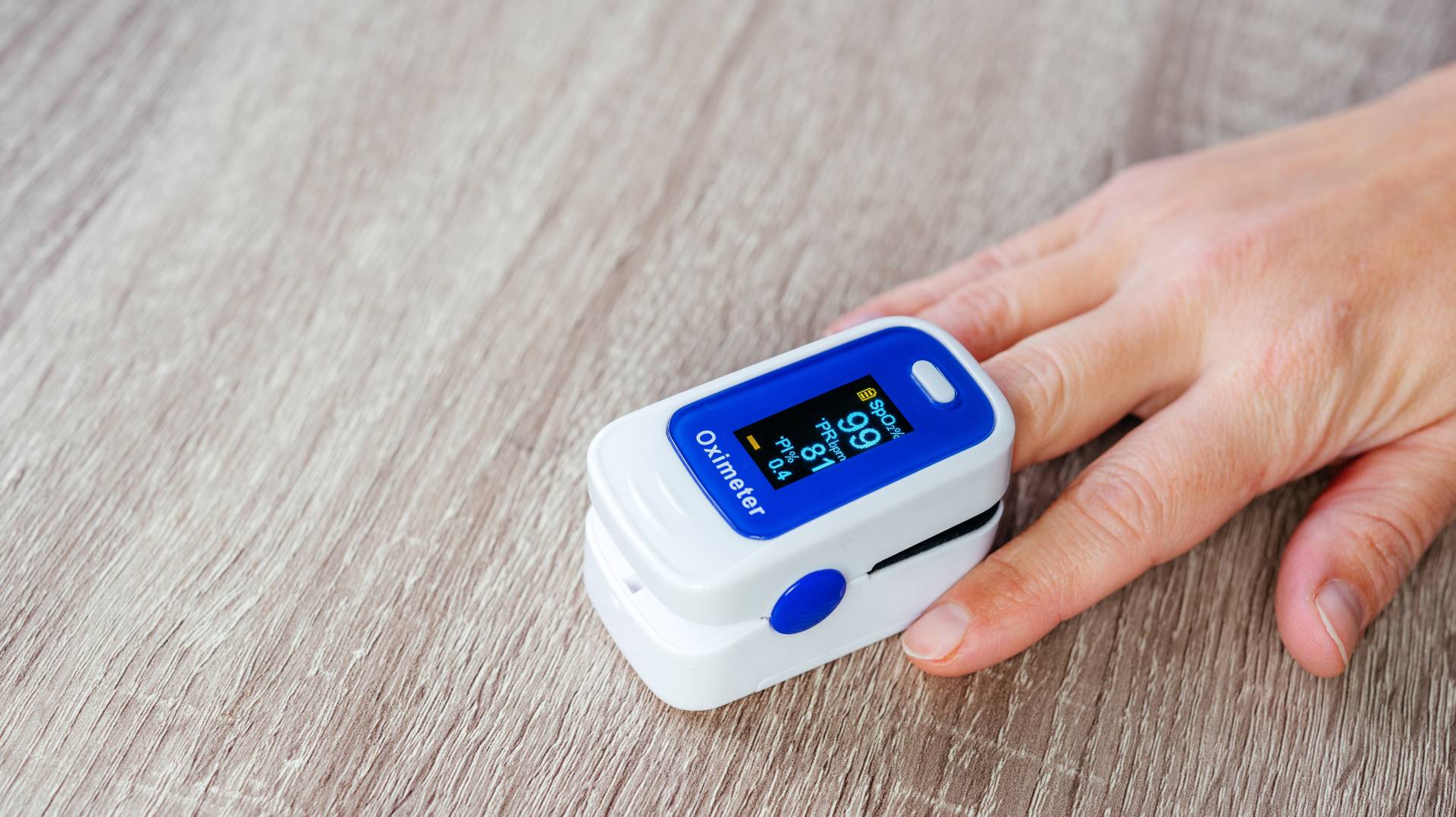How low can your oxygen level go before you die? The human body relies on a constant supply of oxygen to function properly, and disruptions in this supply can have serious consequences. Oxygen levels are typically measured through a metric known as arterial oxygen saturation (SaO2) or the more commonly used peripheral capillary oxygen saturation (SpO2). While variations in oxygen levels are normal, it’s crucial to understand when levels become dangerously low and can lead to life-threatening conditions.
- Understanding Oxygen Saturation Levels:
Normal oxygen saturation levels in a healthy individual range from 95% to 100%. This means that the blood is carrying a sufficient amount of oxygen to meet the body’s needs. As the oxygen saturation drops below 95%, it may indicate hypoxemia, a condition characterised by low oxygen levels in the blood.
- Signs and Symptoms of Low Oxygen Levels:
Before reaching a critical point, the body will exhibit signs and symptoms of low oxygen levels. These may include shortness of breath, rapid breathing, confusion, dizziness, chest pain, and an increased heart rate. It’s essential to recognize these warning signs and seek medical attention promptly.
- Critical Levels and Hypoxia:
Hypoxia occurs when oxygen levels in the body are critically low. At this point, vital organs and tissues may not receive enough oxygen to function correctly. Severe hypoxia can lead to organ failure and, ultimately, death. The critical threshold for oxygen saturation is generally considered to be around 80–85%. Below this range, the risk of irreversible damage to organs increases significantly.
- Individual Variations and Underlying Health Conditions:
It’s important to note that individuals may tolerate lower oxygen levels differently based on various factors such as age, overall health, and the presence of underlying medical conditions. Chronic illnesses, respiratory disorders, and cardiovascular issues can reduce the body’s tolerance for low oxygen levels, making it more challenging for certain individuals to cope with hypoxia.
- Altitude and Oxygen Levels:
Altitude can also impact oxygen levels, as the air pressure decreases at higher elevations. At sea level, where the air pressure is higher, oxygen saturation levels are typically within the normal range. However, as one ascends to higher altitudes, oxygen saturation levels may drop due to the reduced atmospheric pressure. This is why altitude sickness can occur in mountainous regions, and individuals may experience symptoms of hypoxia.
- Immediate Action and Medical Intervention:
If someone experiences symptoms of low oxygen levels, it is crucial to seek immediate medical attention. Emergency medical services should be contacted, and the individual should be taken to the nearest medical facility. Medical professionals can administer oxygen therapy to restore oxygen levels and prevent further complications.
- Prolonged Low Oxygen Levels and Long-Term Effects:
Prolonged exposure to low oxygen levels, even if not immediately life-threatening, can have severe long-term consequences. Chronic hypoxemia can lead to conditions like pulmonary hypertension and contribute to the progression of respiratory and cardiovascular diseases. It is essential to address the underlying causes of low oxygen levels to prevent ongoing damage to the body.
- Preventive Measures and Healthy Lifestyle:
While certain factors leading to low oxygen levels may be beyond individual control, adopting a healthy lifestyle can contribute to overall well-being. Avoiding smoking, maintaining a healthy weight, and staying physically active can enhance respiratory and cardiovascular health, reducing the risk of conditions that may contribute to low oxygen levels.
Conclusion:
While it is challenging to specify an exact threshold at which low oxygen levels become fatal, it is clear that maintaining oxygen saturation levels above 95% is crucial for overall health and well-being. Recognizing the signs of low oxygen levels, seeking prompt medical attention, and addressing underlying health issues are essential steps in ensuring the body receives an adequate and continuous supply of oxygen to function optimally.






